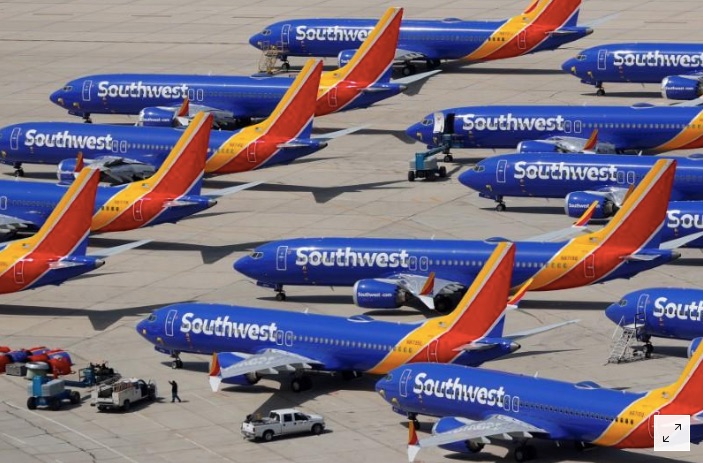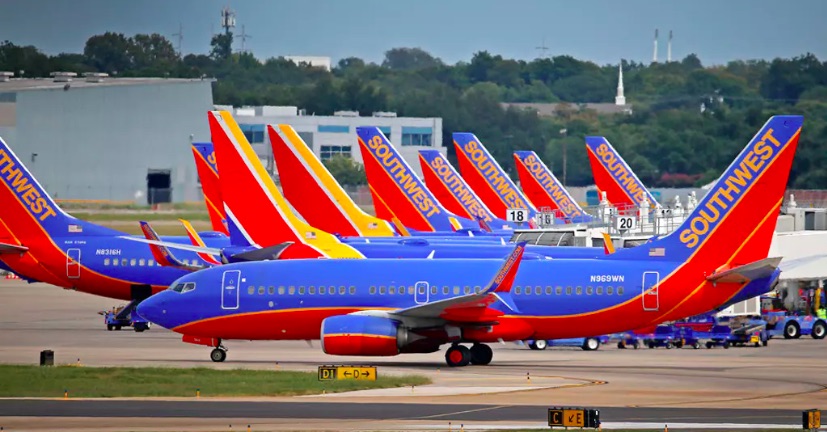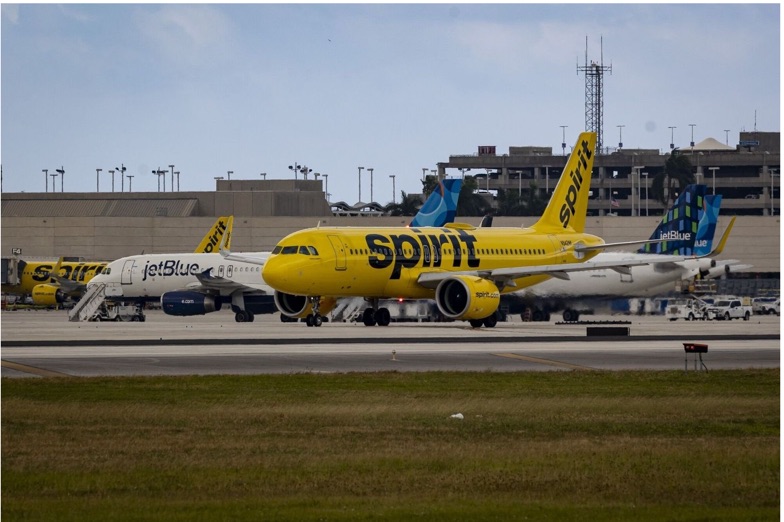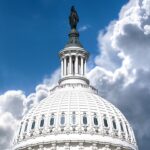
What Does the BLS Do?
August 5, 2025
Coke’s Sweetener Decision
August 7, 2025Southwest has become a more normal airline.
After avoiding baggage fees for decades, last May, it added a $35 fee for one piece of luggage and $45 for the second one.
Now, for flights beginning January 27, it will have assigned seats. And, further acting like other airlines, extra legroom could cost $86.
Assigned seats could slow down boarding.
Airline Boarding
The airline seat you choose can make a difference.

But it all depends on how the airline boards everyone.
With a new boarding strategy, Southwest switched from the speediest approach to one that is slower.
Southwest’s Boarding Strategy
To simulate different boarding systems, MythBusters did a Discovery show with a mock plane that had 173 seats. As you can see (below), the back-to-front method is the slowest. With back-to-front, the aisle clogs because people in the middle seats are always getting up for the person near the window. Meanwhile, with WILMA, we would do window first, then middle seat, and last comes the aisle.
After back-to-front, the better alternatives are random line-up with assigned seats and then the WILMAs. But the fastest, previously used by Southwest, is entirely random order and no assigned seats. Entirely random works because any slowdown creates the incentive for people to quickly take the most accessible seat:
Knowing that their method is one of the least liked and that it might be more profitable to charge for desirable locations, Southwest switched.
Our Bottom Line: The Southwest Brand
The Southwest Identity
For many smiles and a few minutes of what Southwest used to be, do enjoy this flight attendant’s safety talk:
Our Southwest story starts in 1971 when interstate air travel was highly regulated. With the Civil Aeronautics Board (CAB) setting fares and distributing routes, the result was pricey tickets, few fliers, and minimal competition.
Then, a Texas businessman decided to start an intrastate carrier beyond the reach of the CAB. At first, between places like Dallas and San Antonio, the airline, that he soon called Southwest, flew short haul flights in Texas. As a discount carrier with fares that were approximately 45% lower than the larger airlines, a ticket could cost you $10.
And here is where it gets interesting.
Only a year after Southwest’s first flight, to raise some money, they sold one of their four 737s. Still though, by cutting turnaround time to 10 minutes (a sliver of what then was typical), they were able to fly the same number of hours. In addition, they knew not to charge for checked luggage because it creates the incentive to carry more on the plane which eats up time. Also, with no seat assignments, their boarding system worked faster than most and no inflight meals meant less clean up and set up. Meanwhile, reflecting the spirit of their founder, Herb Kelleher, crews were encouraged to have some fun.
Low fares, the same planes, no fees, and some fun together created the Southwest brand.
Brand Value
According to Brand Finance, the Southwest brand is worth close to $6 billion.
However, the Axios/Harris Reputational Poll, reported that Southwest has slipped from #61 to #73.
This is their top ten:
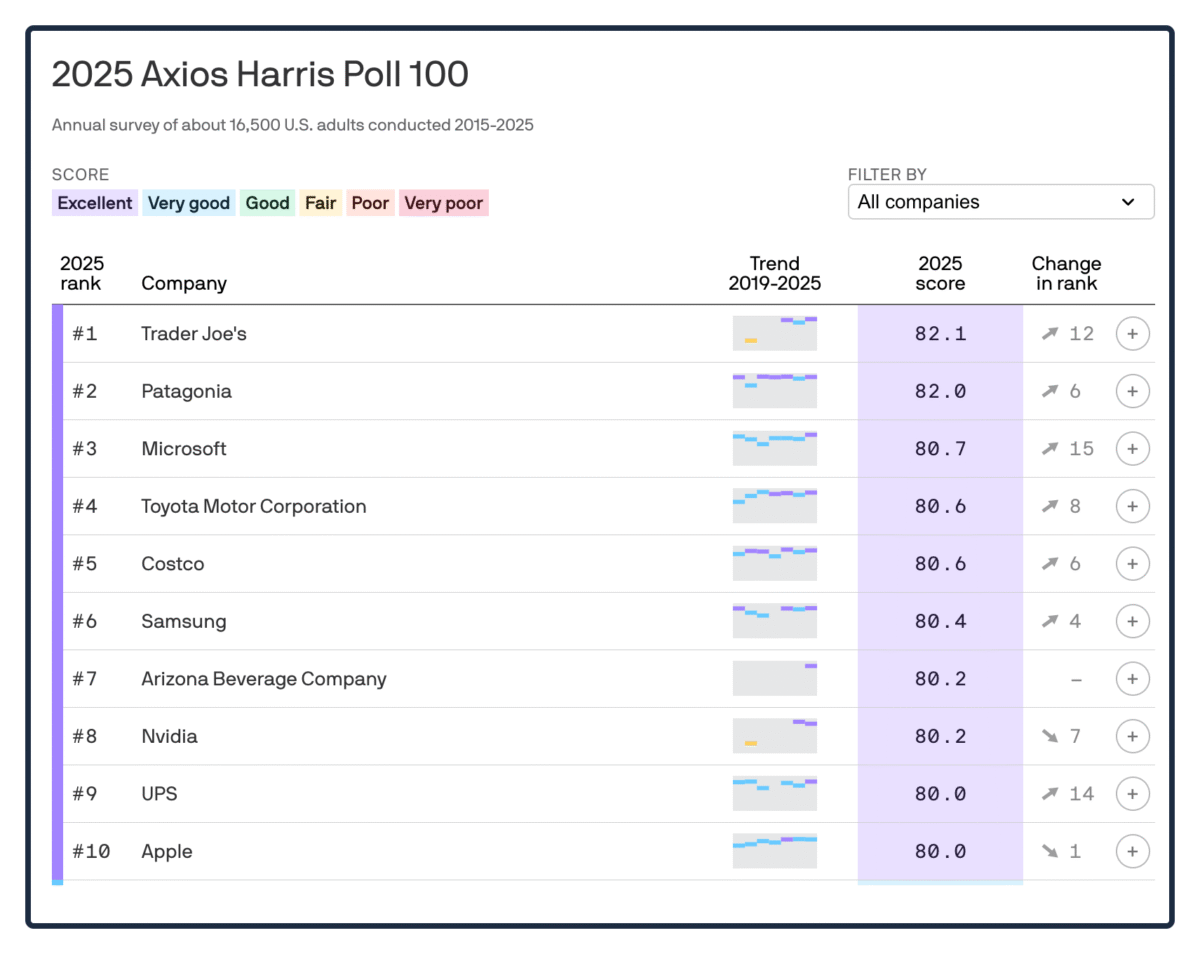
At #73, Southwest is two slots from the bottom of the “Good” reputation companies. We can wonder if, with their new brand, they will slide further.
My sources and more: Thanks to WSJ for inspiring today’s post. They also looked at some Southwest history as did we, here and here, at econlife. And then finally, Axios and Brand Finance reported brand value.
Please note that several of today’s sentences were in a past econlife post.
![econlifelogotrademarkedwebsitelogo[1]](/wp-content/uploads/2024/05/econlifelogotrademarkedwebsitelogo1.png#100878)

